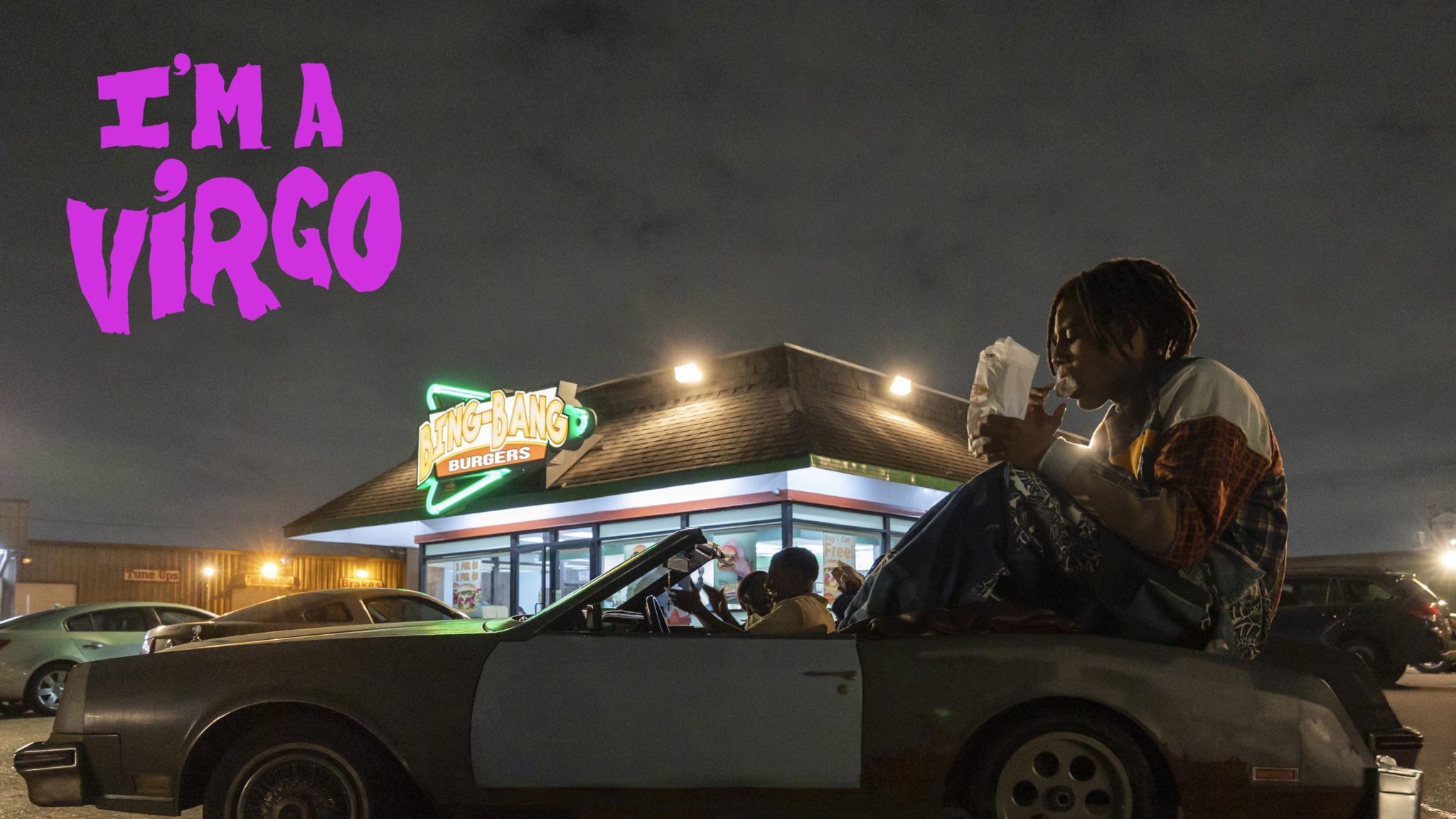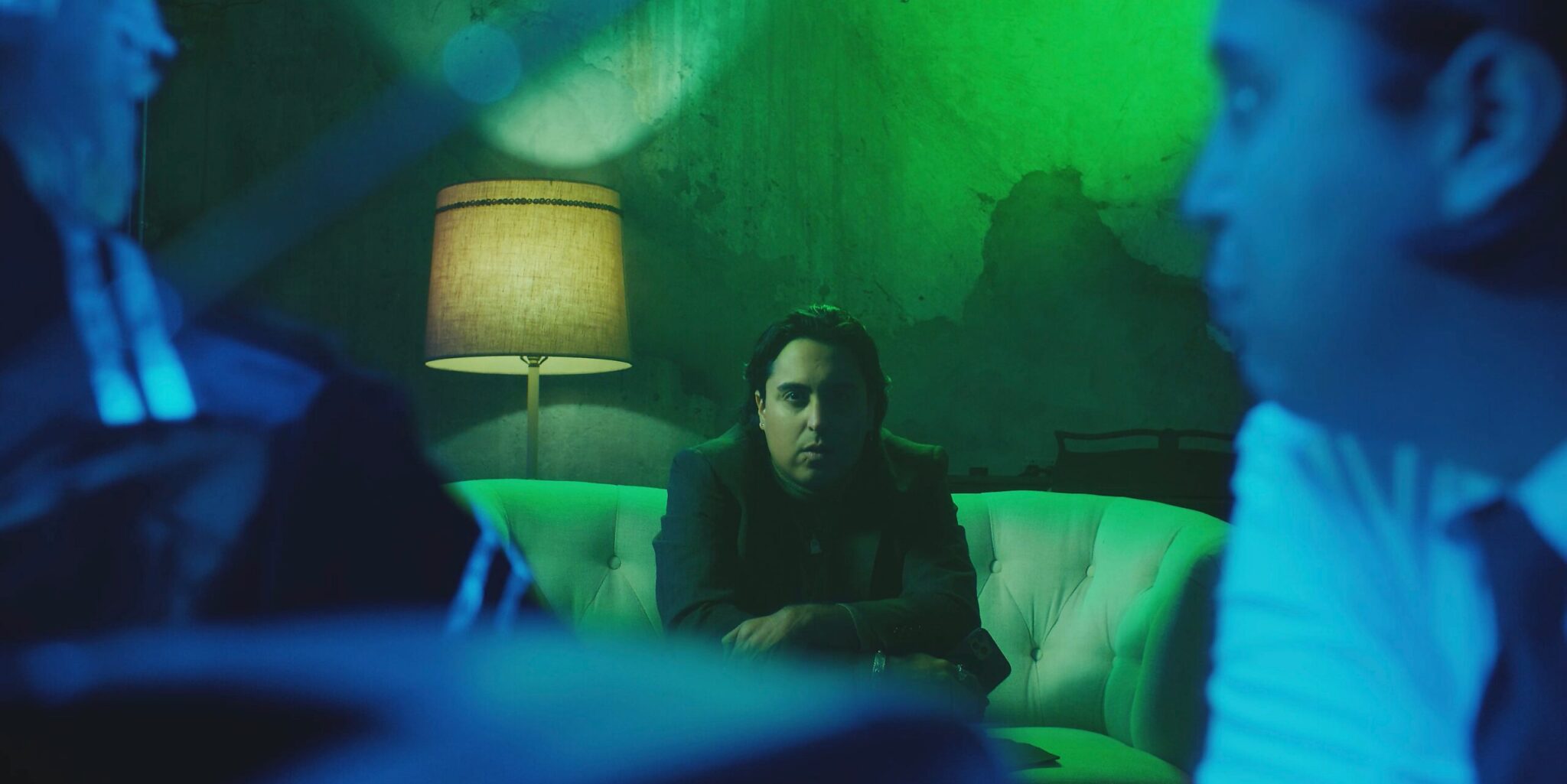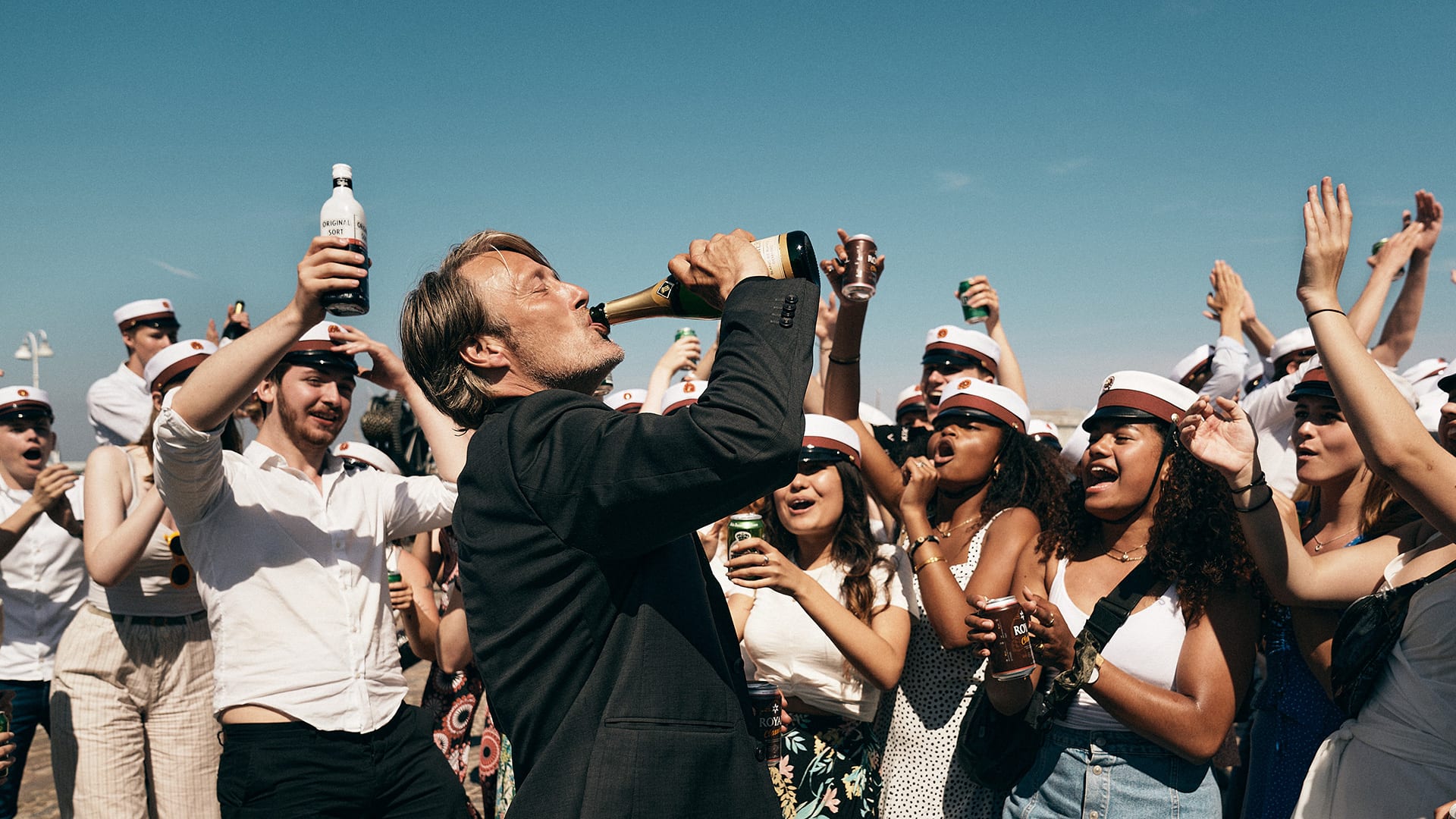
Like Connor Roy of Succession, Boots Riley, creator of I’m a Virgo, has always been interested in politics. But unlike the fictional Roy, Riley has always put it into action through his work.
For example, after the Oakland High School funding was cut in the 1980s, he organized a walkout with his friends. He made his stance on issues clear from the very beginning as he joined the International Committee against racism and the radical progressive labor party at the ages of 14 and 15, respectively. He began as a music artist who founded a political hip hop group called The Coup. His work in film (and now, TV) has always been founded by that. Set in Oakland, his characters have to go up against the tyranny of capitalism in an absurd world filled with weird people (and an even weirder culture).
His first film was a dark comedy inspired by his time working as a telemarketer that added aspects of magical realism and science fiction. Now, his second film project is a TV series called I’m a Virgo which stars Jharrel Jerome as a 13-foot-tall black man named Cootie who starts to explore the world as he comes of age in Oakland. His unique physique makes him stand out and he quickly becomes a sensation who attracts new friends, business deals, cults and law abiding forces who consider him a threat to the legality of American society.

Riley’s work has always been interesting because he’s not afraid to acknowledge his material as propaganda. For example, one character explains how images of flowers were always painted in a way that was associated with peace and the pristine beauty of nature when, in reality, nature is often very scary and flowers aren’t going to help you escape that. Riley stands out as a leftist voice who not only is not afraid to explicitly advocate for his views through his characters but is still clearly a humanist who weaves his opinions into the basis of many aspects of the story. As a character, Cootie often represents the unique parts of black men who attain celebrity and attention. They can simply garner the money their talents allow them or they can advocate for change to their marginalized communities. It seems to be an always unfair discussion that is happening around black celebrities.
That issue is something that Boots Riley has tackled head on in his work and here Cootie swings from trying to just ‘enjoy the world’ to changing it through his unique voice. His voice runs against the status quo and runs him into trouble with The Hero, a tech millionaire who uses his machines to be the dollar store version of Iron Man. The Hero is a man that Cootie first grew up idolizing by reading about him in comic books but he soon realizes that The Hero’s strict code and loyalty to rule of law ultimately hurts the people who begins to call his friends and soon puts them on colliding paths.
The show itself has lots of things to say about American culture and the current state of capitalism. Jones seems to have the ability to bring people into a new world with her speeches. It’s within this that Boots shows us the flaws of capitalism and its need to have unemployment and thus, the crime that results from it. Boots also shows us an absurdist version of our own reality, including a McDonalds stand-in called Bing Bang Burger, which has a sauce that everyone loves even though they know that it’s poisoning them. (Although, to someone like Cootie who hasn’t grown up on it, it tastes disgusting.) We also see an absurd TV show that looks at the dark consequences of death and the cold cruelty of our world but undercuts it seriousness with a boy who goes “boyoyoyoyoing” to the amusement of those watching. We also witness a deeply tragic segment where one of our characters is let down by the American health care system, starting a movement that defines the rest of the show as Jones gathers people together to enact a general strike.

The show itself is really well made and constantly presents ideas that you’d never expect. This is, in many ways, a superhero show despite its more grounded and realistic nature. There are lots of clever production tools and angles used to have Jharrel Jerome become a 13-foot Black man. A lot of the props around him are made smaller to emphasize how big he is, he’s left more prominent in the frame compared to other characters and there was also some really well done VFX wizardry which is mostly well hidden along with use of practical wire work for some of the stunts make this something that doesn’t let its need for special effects distract you. This also aids the shows more unique title cards that almost seem in the vein of Atlanta but even more surreal and unique.
As such, the show is always visually interesting. It never goes for a particularly striking visual look, you’d never put the images on your computer most likely but it’s directed very well and everything that’s important is highlighted. What becomes more interesting is what is in the frame, rather than what is shot. The show displays Boots Riley’s constant invention, as an important counter cultural voice in America. What’s more, Riley is also able to bring a voice to places like Oakland, whose scale has often been left behind by government and city support, causing a sprawling metropolis to fall into a dying town. He highlights these communities and the marginalized people who are able to appreciate the unique parts of Cootie and each other as humans. This is what Boots Riley’s work is about: when the system (and the people) at the top can fail to see people as human beings.
Ranks at #3 on Daniel’s Top 10 TV Shows of 2023.
Reviews


